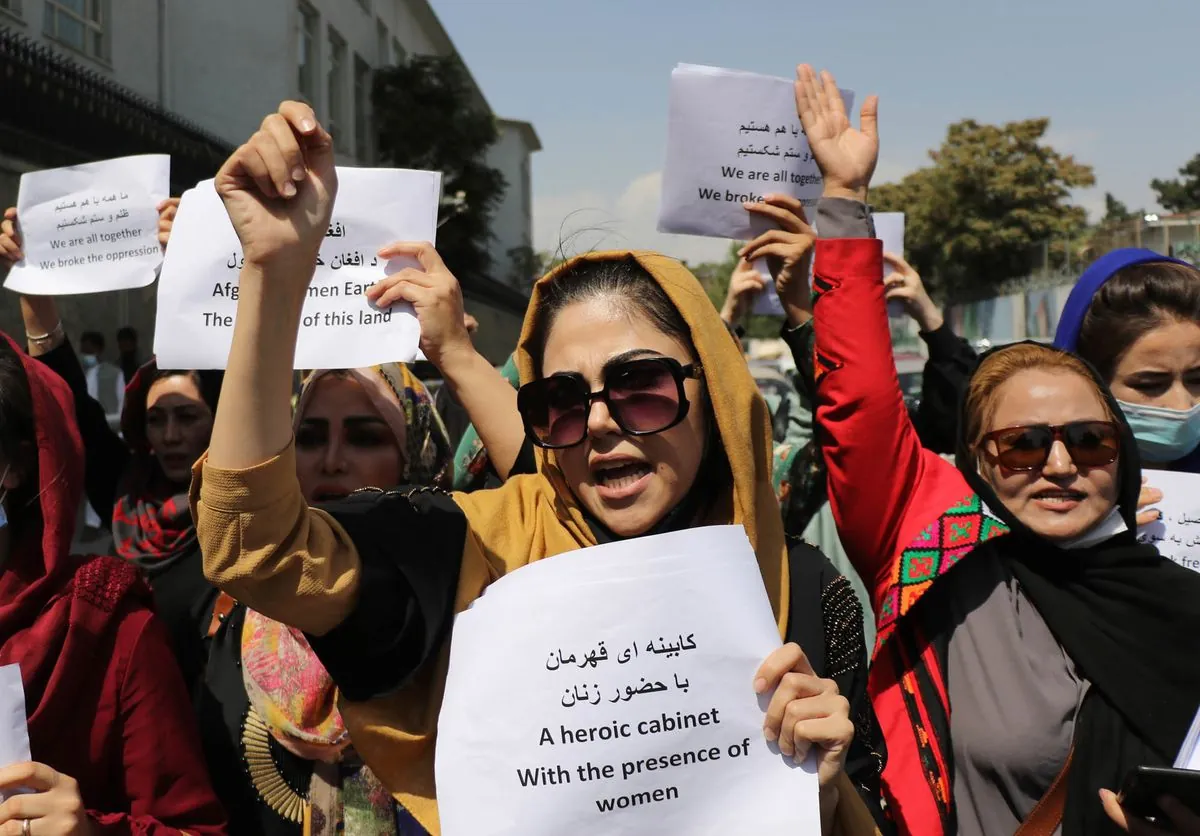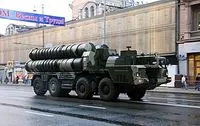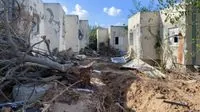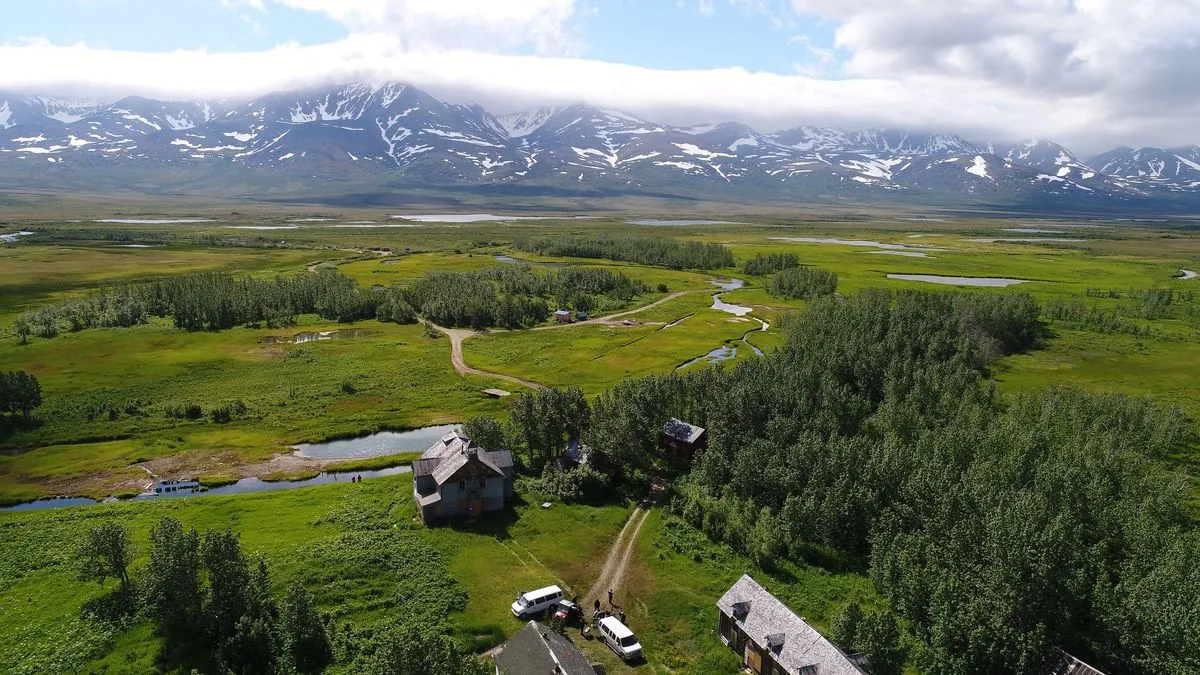Geothermal Energy: A Strategic Opportunity for U.S. and Pacific Rim Security
Geothermal energy emerges as a promising solution for energy security and climate goals in the Pacific Rim. With U.S. technical expertise and Alaska's potential, it could reshape regional power dynamics.

Geothermal energy, harnessing the Earth's internal heat, presents a significant opportunity for strategic energy development in the United States and across the Pacific Rim. This renewable resource, derived from the slow decay of radioactive particles in the Earth's core, offers a reliable source of baseload power with minimal environmental impact.
The Pacific Rim, particularly Alaska, stands out as a prime location for expanding geothermal power development. Alaska's strategic position, combined with its abundant geothermal resources, makes it an ideal anchor for this new energy vector. The state's ports, cities, and military facilities often sit atop or near areas of high geothermal potential, offering unique advantages for both local energy security and emissions reduction.
To realize this potential, financing "first of a kind" demonstration projects is crucial. These projects, if successful, can de-risk the resource and catalyze broader regional scale-up. Achieving multi-gigawatt scale would enhance U.S. strategic resilience and support allies facing energy-related coercion, such as Taiwan.
U.S. technical excellence in geothermal energy is emerging as a competitive advantage. Companies like Eavor, Fervo Energy, GreenFire Energy, Sage Geosystems, Teverra, and Zanskar Geothermal and Minerals are developing cutting-edge approaches that leverage the massive subsurface expertise built through the shale oil and gas industry over the past two decades.
Geothermal energy offers several key benefits:
- 24/7/365 baseload electricity supply
- Minimal climate impact
- Drought resistance
- Potential for load-following to complement wind and solar generation
- Support for food cultivation and water desalination
- Enhanced energy security, particularly for island territories
The Aleutian Islands, part of Alaska, present an excellent starting point for U.S. geothermal development. Dutch Harbor on Unalaska Island, the United States' largest fisheries port by volume, offers a combination of major volcanism, strategic position, and local desire for alternatives to expensive diesel power generation.
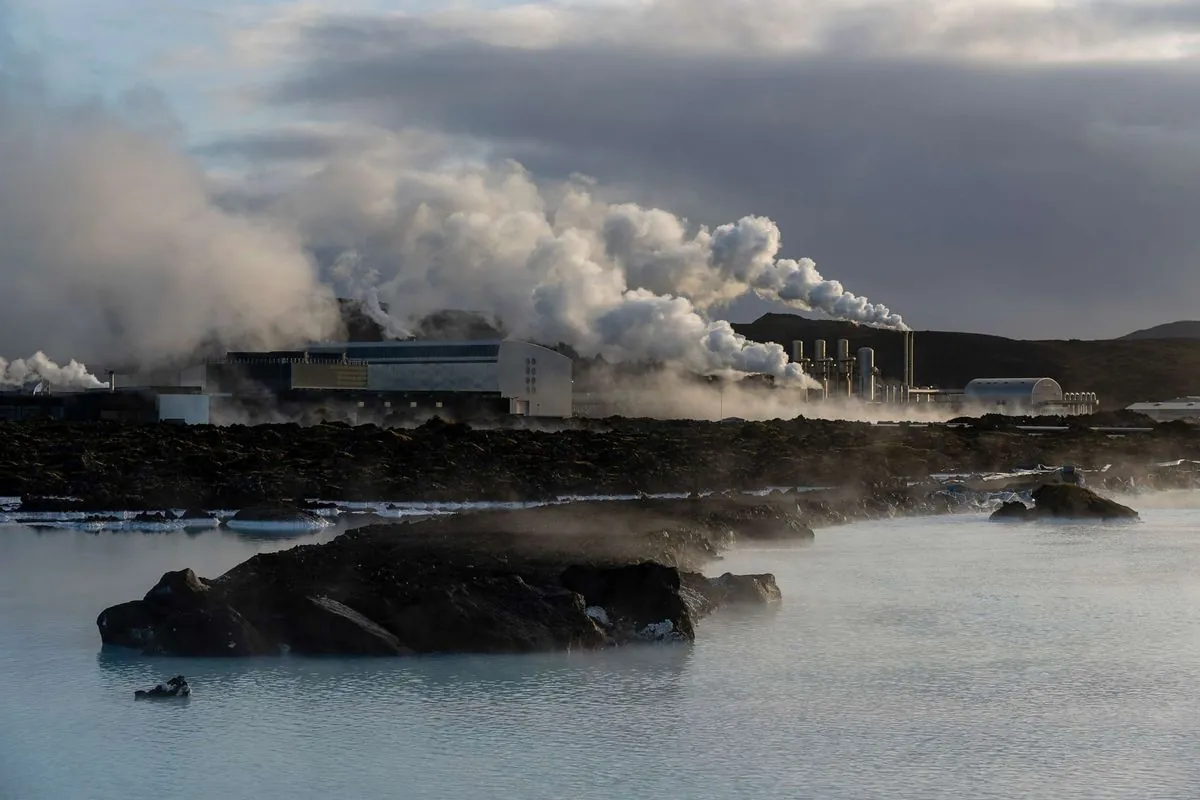
The Aleutian Arc's strategic importance cannot be overstated. With at least three militarily relevant operational airfields within seven flight hours of key East Asian flashpoints, these islands play a crucial role in U.S. defense strategy. Recent developments, such as the $600 million upgrade to create a deepwater port in Nome and the U.S. Coast Guard's decision to homeport its new Arctic icebreaker in Juneau, further underscore the region's significance.
Successful geothermal projects in the Aleutians could provide templates for development across the Indo-Pacific, particularly in Taiwan, Japan, and Indonesia. This could significantly enhance energy security and resilience in the face of potential conflicts or blockades.
Time is of the essence in this intense regional competition. The U.S. Energy Department estimates that a 30 MW next-generation geothermal project in an Aleutian context would cost about $450 million. Such projects could be funded through a combination of grants and low-interest federal loans, emphasizing next-generation geothermal technologies of U.S. origin.
In conclusion, geothermal energy development in Alaska and the Aleutian Islands represents a strategic opportunity to enhance U.S. energy security, support allies, and demonstrate technological leadership. By leveraging its geological advantages and technical expertise, the United States can set the stage for a broader geoeconomic push in geothermal energy across the Indo-Pacific and beyond.
"Geothermal sources strengthen our energy grids and give us the ability to isolate threats before they impact our operations. This type of capability will translate into victory in a high-end fight."





